Panasonic Lumix DMC-LX5 Review
Panasonic Lumix DMC-LX5
The successor to the Panasonic LX3 is here at last
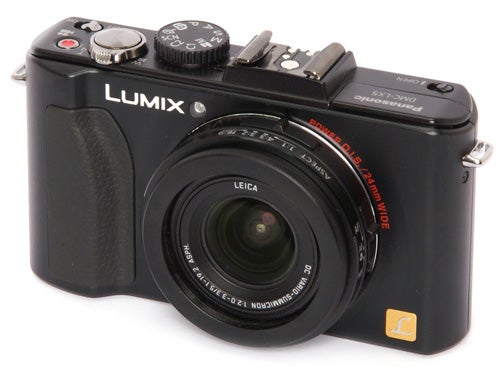
Verdict
Key Specifications
- Review Price: £399.99
 (centre)
(centre)
Advanced Compact Digital Camera(/centre)
How do you improve on perfection? When Panasonic launched the Lumix LX3 two years ago, it created one of the very few digital cameras that have come to be regarded as classics. It won a string of top awards, including a well-deserved Editors Choice from TrustedReviews, as well as our award for Best Compact Camera of 2008. With a superb f/2 wide-angle lens, a 10.1-megapixel 1/1.6-inch CCD sensor, a three-inch 460k monitor, full manual exposure controls, Raw capture mode and the best image quality in its class, the LX3 was an instant hit, especially with photography enthusiasts looking for a compact camera that could rival the performance of their digital SLRs.
Designing a replacement for such a highly-regarded camera was never going to be easy. Of course digital imaging technology has advanced since 2008, but it hasn’t moved on all that much. We’ve already seen the Lumix GF1, which shares many design features with the LX3 but adds a larger Four-Thirds sensor and interchangeable lenses, but for an advanced fixed-lens compact there just aren’t that many ways to significantly improve on the design and specification of the LX3, which is probably why it’s taken two years for the LX5 to appear. Thankfully Panasonic hasn’t messed with the winning formula too much, and has resisted the obvious temptation to simply add another couple of megapixels worth of resolution, opting instead for incremental enhancements to a few key features, just enough to keep the camera up to date with the rest of the market.
While camera technology hasn’t changed all that much in two years, the shape of the market has changed quite radically. Since the launch of the LX3 we’ve seen the appearance and sudden growth of the compact system camera, with models such as Sony NEX-5, Olympus E-PL1, Samsung’s newly-announced NX100 and Panasonic’s own GF1 stealing away a large part of the market for advanced compact cameras, offering as they do SLR-like performance and image quality in a more portable format. The LX5 will have to compete with these, as well as with other advanced compacts such as the new Canon PowerShot G12 and Nikon Coolpix P7000, but it shouldn’t have too much of a problem. With a high street price of £399.99 the LX5 may seem expensive, but it is substantially cheaper than any of its main rivals except one. Despite rumours to the contrary the LX3 is still available for around £300, and is still a great camera even by current standards.
The overall design of the LX5 is virtually identical to the LX3, with only a few fairly subtle external differences to distinguish the two cameras. On the front the handgrip has been slightly enlarged and re-shaped, with a larger textured pad, making the camera easier to grip. On the back and the top panel the changes are more substantial. The monitor has been moved down by a few millimetres, and the flash hot shoe raised up, to make room for a small socket just above the screen, used to connect an optional electronic viewfinder. The LX5 can use the DMW-LVF1 electronic LCD viewfinder developed for the GF1, although at around £175 it’s a pretty expensive accessory. The optional DMW-VF1 optical viewfinder isn’t much cheaper at around £160.
There are a few other changes on the back of the camera. Like a lot of older Panasonic cameras the LX3 had a slider switch to select between shooting and playback mode, which meant that if you were reviewing your pictures but suddenly wanted to take a photo, you had to remember to switch it back to shooting mode. On the LX5 this switch has been replaced by a playback button, and tapping the shutter button now returns the camera to shooting mode.
Also gone is the LX3’s small and slightly fiddly joystick control, used to activate and navigate the quick menu and to adjust exposure settings. Instead the quick menu is activated by a separate button and navigated via the D-pad, while exposure adjustments are handled by a data wheel mounted on the newly enlarged thumbgrip. It’s a much simpler and more sensible interface, and makes the LX5 feel more like a digital SLR.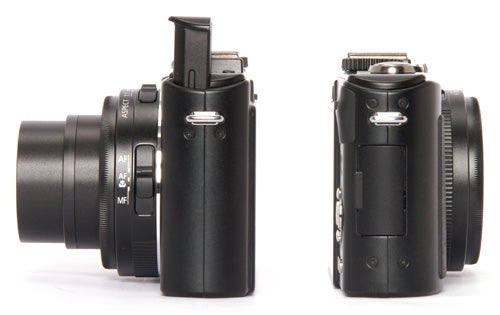
Another addition is a dedicated button on the top panel to begin video recording. The LX5 has the same 1280 x 720 pixel maximum video resolution as the LX3, shooting at 25fps with mono audio recorded by a built-in microphone, but it now records in the higher quality AVCHD Lite format.
The LX5’s monitor is similar to that of the LX3, with a diagonal size of 7.5cm (3.0 inches) and a dot resolution of 460,000. However it now has an improved “High Colour Rendering Index” LED backlight which Panasonic claims will make it substantially easier to see in bright sunlight, with better colour rendition. Comparing the two side by side I have to say the improvement is fairly minor.
The most substantial upgrade is the lens. The LX3 had a 2.5x zoom lens, equivalent to only 24-60mm but with a fast maximum aperture of f/2 – f/2.8. This was great for landscape shots but less than ideal for portraits. The LX5 has a new lens with 3.8x zoom, equivalent to 24-90mm, but this hasn’t meant sacrificing the fast maximum aperture, which is now f/2 – f/3.3. The front element of the lens is also slightly recessed, making it less vulnerable than the protruding lens of the LX3.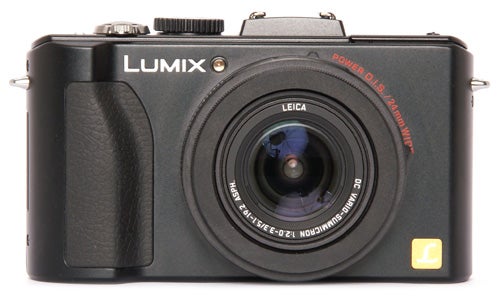
More significant changes have taken place internally. The LX3’s outstanding 10.1 megapixel 1/1.63-inch CCD sensor has been redesigned. I must admit I was expecting that Panasonic would equip the LX5 with the new back-illuminated CMOS sensor technology, but it has stuck with CCD, as have Nikon and Canon for their new top-end compacts. The LX5’s sensor now has larger photocells which should produce increased colour saturation and dynamic range. It also now supports an aspect ratio of one to one, selected as before by a slider switch on top of the lens barrel.
The image processor has also been upgraded to the Venus Engine FHD, providing faster signal processing, better low light performance and reduced image noise, as well as a continuous shooting speed of 2.5 frames per second. 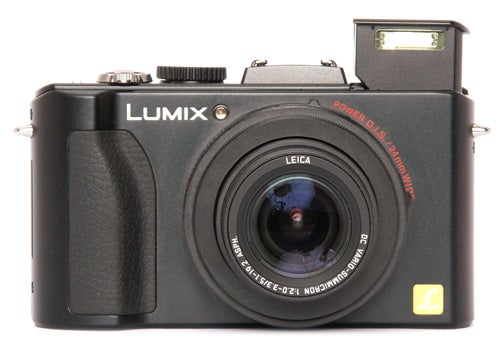
Another significant improvement is the optical image stabilisation system, which has been upgraded from Mega OIS to the more effective Power OIS, offering around three and a half stops of additional low-speed stability. Battery duration has also been slightly improved, from 380 to 400 shots on a single charge.
The LX3 was noted for its excellent performance, so the LX5 has a lot to live up to. It gets off to a promising start, powering up and taking a picture in approximately 2.5 seconds, half a second faster than its predecessor. In single shot mode and Fine JPEG quality its shot-to-shot time is also faster at approximately 1.4 seconds, although this does slow down to an average of approximately 1.6 seconds in Raw mode and 2.4 seconds in Raw + JPEG mode. Unlike the LX3 the LX5 has no unlimited continuous shooting mode, but does have a burst mode, shooting three frames in just under a second.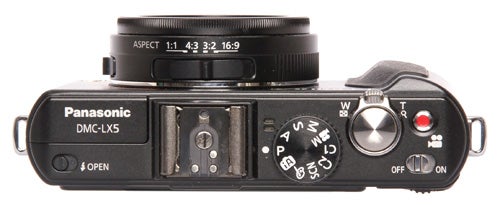
The autofocus system appears to be exactly the same as that of the LX3, but since it’s still one of the fastest on the market that’s no bad thing. Its low-light performance is still just as outstanding. The AF assist lamp is still a bit weak, but it will focus in total darkness at a range of several metres. The pop-up flash is also unchanged, with an effective range at wide angle of and impressive 7.2m, with excellent frame coverage and a recharge time of approximately six seconds, which is a little faster than average.
The big question is whether the LX5 can match the LX3’s legendary image quality, and I’d have to say that the answer is a qualified “yes”. The new lens is just as good as the old one, producing pin-sharp focus from corner to corner with very little wide-angle barrel distortion and no trace of chromatic aberration. The level of fine detail is also excellent, comparing favourably with any other 10MP camera I’ve tried. Colour rendition is pretty much perfect, and dynamic range is also much better than average thanks to the larger sensor, although it doesn’t appear to be significantly better than the LX3.
When it comes to image noise control, I have to say I’m a little bit disappointed. At 80 to 400 ISO the results are pretty much the same as the LX3, with excellent clarity and no noise at the lowest settings. However at 800 ISO upwards the results are surprisingly somewhat worse than the LX3, with a lot of noise and lost detail at 1600 ISO, while the new lower resolution 6400 and 12800 ISO settings produce very poor results.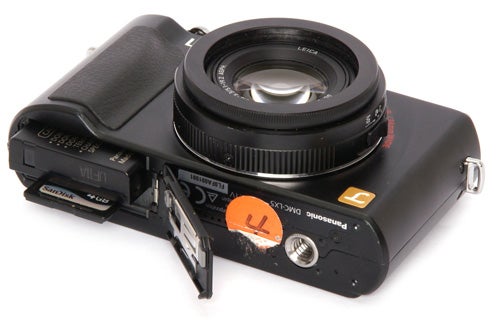
Considering the two year wait for this camera, and the supposed benefits of the “improved” sensor and image processor, the results are frankly a bit of a let down. The image quality is still exceptionally good by the standards of most other compact cameras, but apart from slightly faster performance and a more versatile zoom range there seems to be very little significant improvement over the LX3.
”’Verdict”’
The much anticipated Panasonic Lumix LX5 is expensive, but it is without a doubt one of the best compact cameras on the market, offering superb build quality, classic design and easy handling, with fast performance and outstanding photographic versatility. The longer zoom range is a welcome improvement, however in terms of image quality there’s just no real advantage over the older LX3.
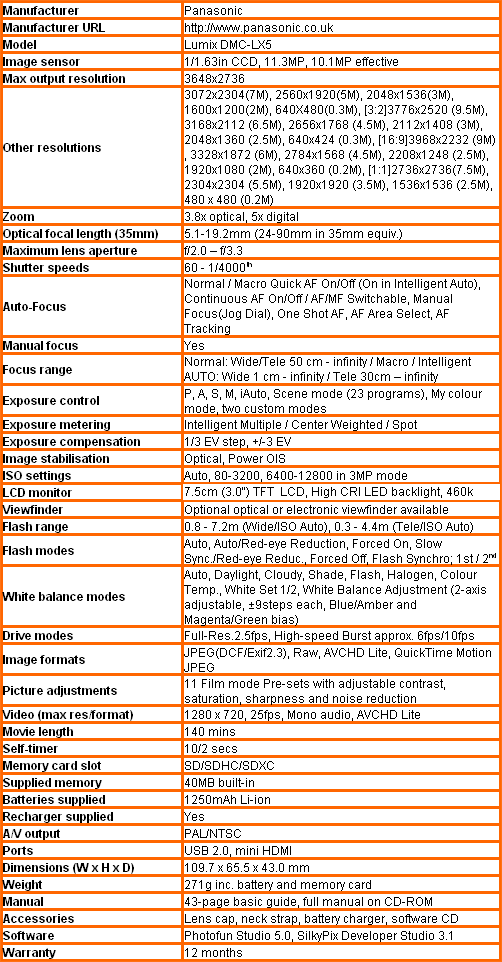
”Over the next few pages we show a range of test shots. On this page the full size image at the minimum and maximum ISO settings have been reduced to let you see the full image, and a series of full resolution crops have taken from original images at a range of ISO settings to show the overall image quality. These pictures were taken indoors using reflected natural light. ”
—-
This is the full frame at minimum ISO setting.
—-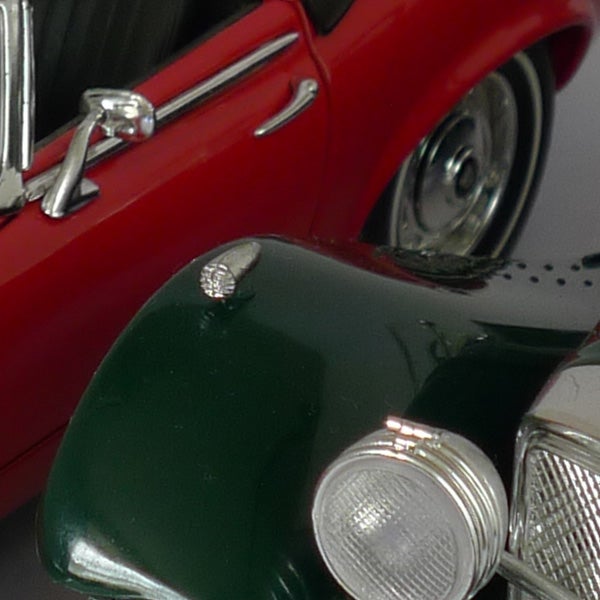
At 80 ISO the image quality is pretty much flawless, as was expected.
—-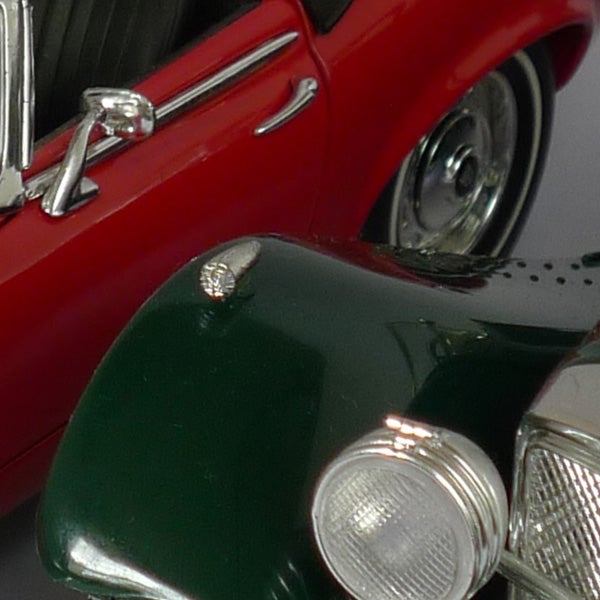
No significant difference at 100 ISO.
—-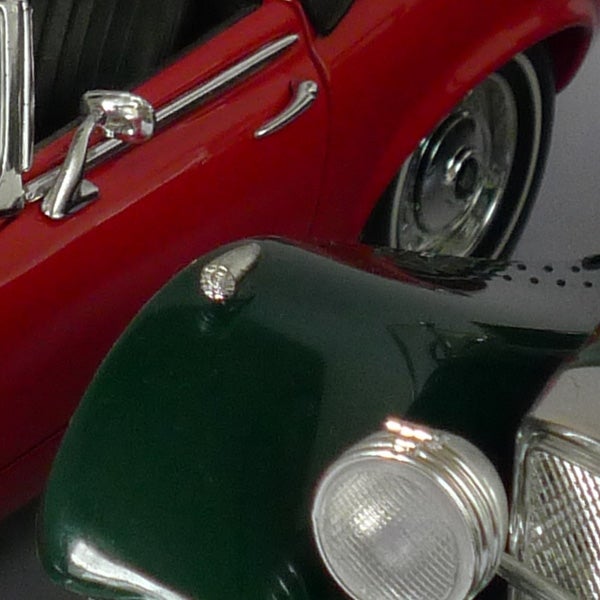
Surprisingly aAt 200 ISO there is already a slight blotchiness in the red areas.
—-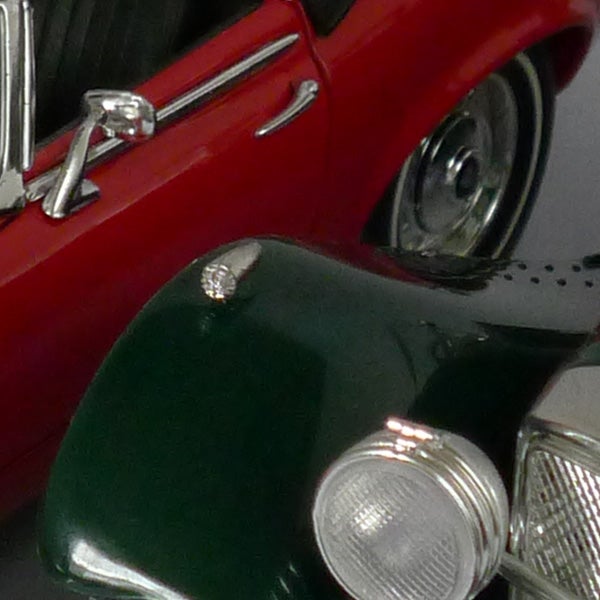
At 400 ISO the detail is still very good, but there are visible noise artefacts.
—-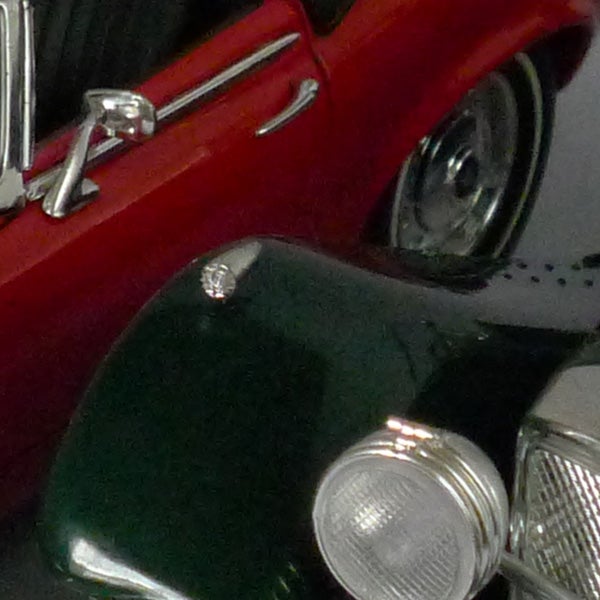
Image quality drops off sharply at 800 ISO, with lots of noise and lost detail.
—-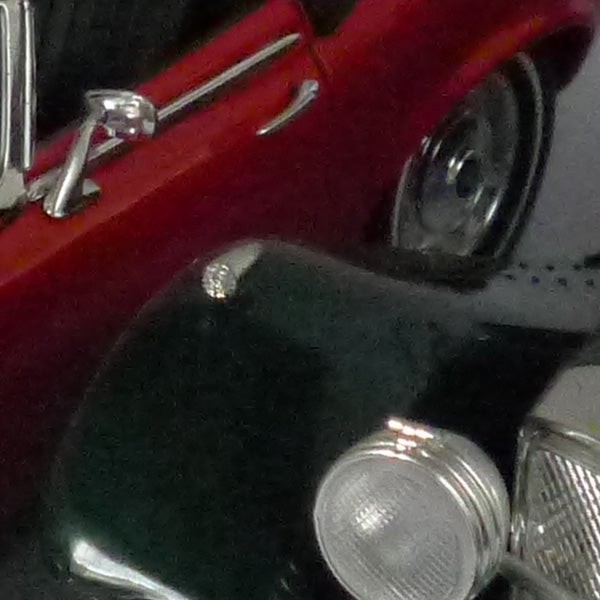
Image quality continues to get worse at 1600 ISO.
—-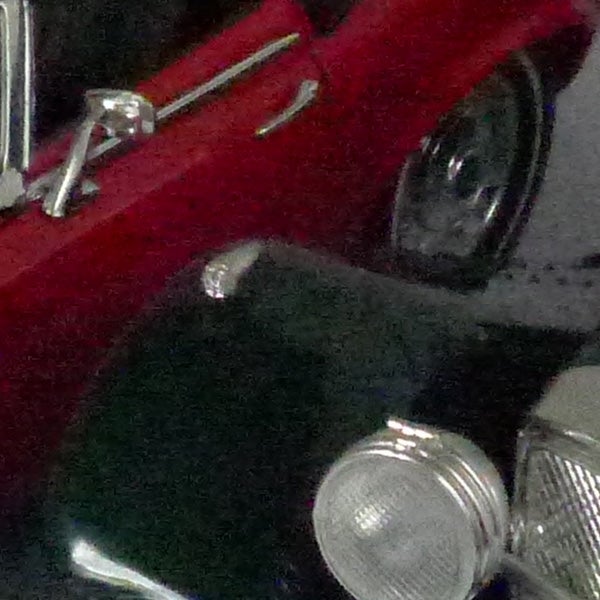
3200 ISO is the highest full-resolution setting, but the results are pretty terrible.
—-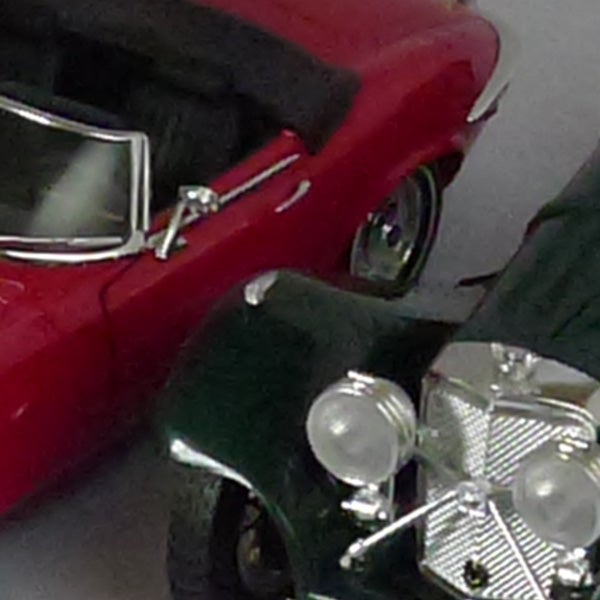
6400 ISO is available at 3MP resolution.
—-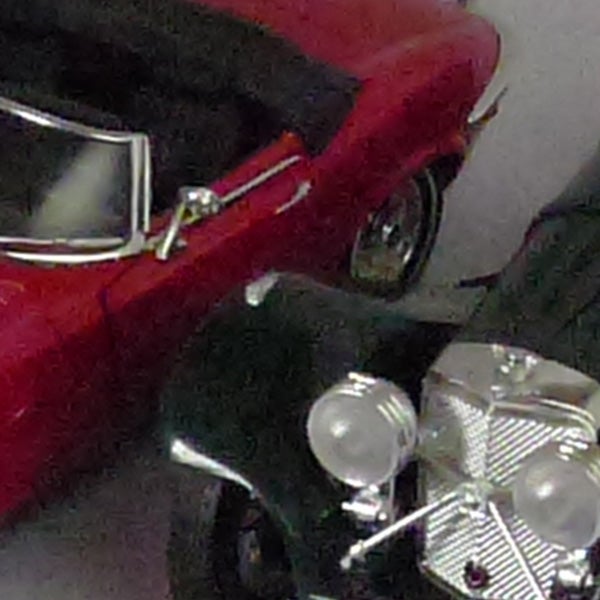
So is 12800 ISO, but the quality is awful.
—-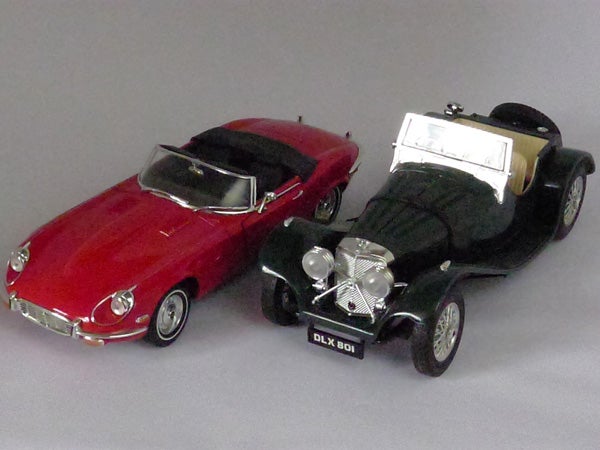
This is the full frame at 12800 ISO.
—-
”A range of general test shots are shown over the next two pages. In some cases, the full size image has been reduced for bandwidth purposes, and a crop taken from the original full resolution image has been placed below it to show the overall image quality. Some other pictures may be clicked to view the original full-size image. ”
—-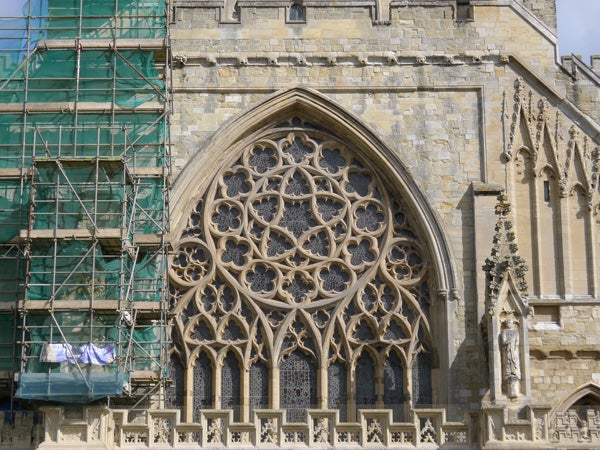
Here’s the usual detail test shot of the West Window of Exeter Cathedral, for you to compare with other cameras. See below for a full res crop, or click to see the whole picture. File size 4.4MB
—-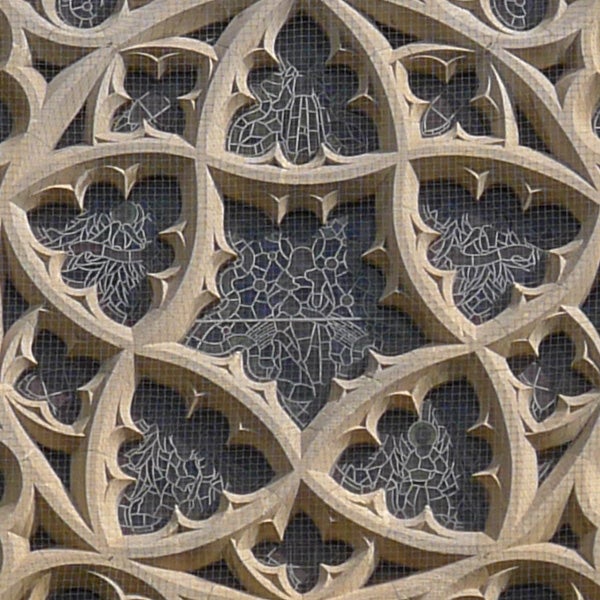
The level of detail is outstanding, even though the 90mm-equivalent focal length doesn’t zoom in quite as far as most other compacts.
—-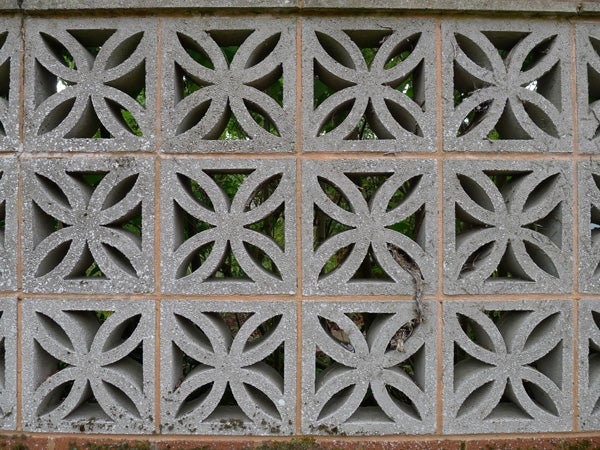
The Leica-branded lens produces very little barrel distortion at wide angle.
—-
Centre sharpness is as good as ever.
—-
Corner sharpness is also superb.
—-
”Here are some general test shots to help evaluate the camera’s overall image quality, including dynamic range, colour rendition and the zoom range of the lens. Some pictures may be clicked to download the full size original image. ”
—-
The wide angle is equivalent to 24mm.
—-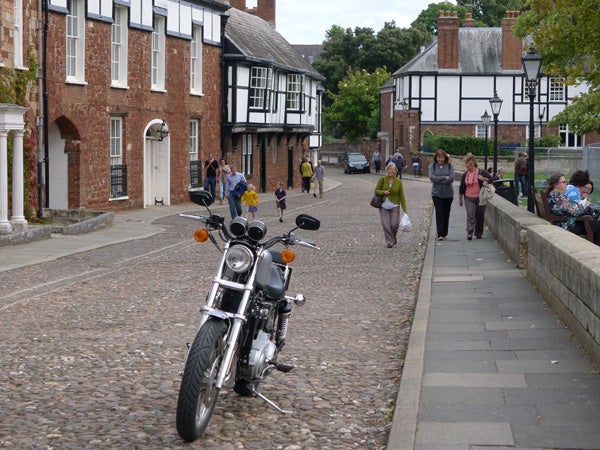
The telephoto end is equivalent to 90mm.
—-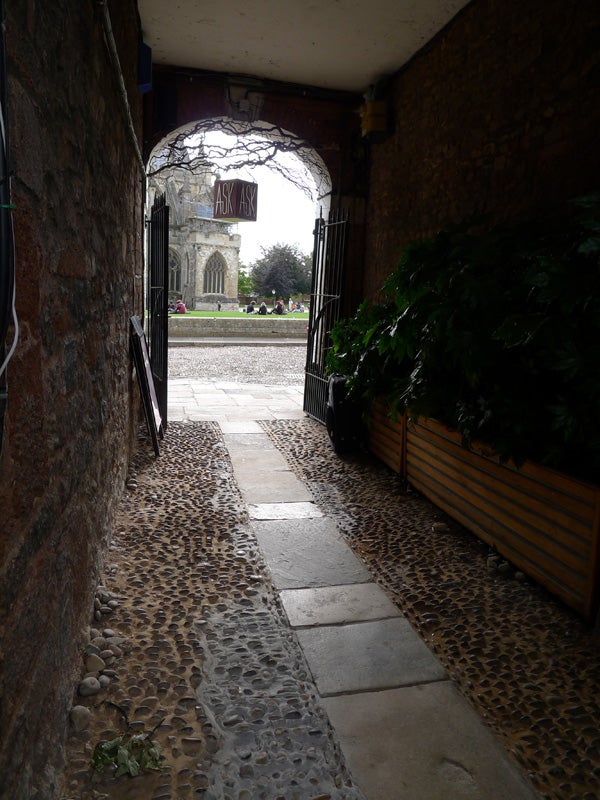
Dynamic range is better than average for a 10MP compact, thanks to the larger sensor.
—-
Colour rendition is very natural and accurate.
—-
Trusted Score
Score in detail
-
Value 8
-
Design & Features 10
-
Image Quality 9
-
Build Quality 10
Features
| Camera type | Digital Compact, Digital SLR |
| Megapixels (Megapixel) | 10.1 Megapixel |
| Optical Zoom (Times) | 3.8x |
| Image Sensor | 1/1.6-inch CCD sensor |
| Optical focal length | 5.1 to 19.2mm in 35mm film terms |
| Shutter speed | 60 to 1/4000 |
| Auto focus | Normal, Macro Quick AF On/Off, Continuous AF On/Off, Manual Focus, OneShot AF, AF Area Select, AF Tracking |
| Manual focus | Yes |
| Max output resolution | 2648x2736 |
| Other resolutions | 3072x2304, 2560x1920, 2048x1536, 1600x1200, 640x480, 3776x2520, 3168x2112, 2656x1768, 2112x1408, 2048x1360, 640x424, 3968x2232, 3327x1872, 2784x1568, 2208x1248, 1920x1080, 640x360, 2736x2736, 2304x2304, 1920x1920, 1536x1526, 480x480 |
| Focus range | Normal: Wide/Tele 50cm to infinity/ macro/ intelligent, AUTO: wide 1cm to infinity, tele 30cm to infinity |
| Exposure control | P, A, S, M |
| Exposure metering | Multi, Centre-weighted, Spot |
| Exposure compensation | 1/3 EV step. +/-3EV |
| Image Stabilisation | Optical, Power OIS |
| ISO settings | Auto 80-3200, 6400 to 12800 in 3MP mode |
| LCD Monitor | 3-inch |
| Viewfinder | Optical |
| Flash range | 0.8 to 7.2m (Wide/ ISO Auto), 0.3 to 4.4m (Tele/ ISO Auto) |
| Flash modes | Auto, Red-eye reduction, Forced On, Slow Sync, Forced Off |
| White balance modes | Auto, Daylight, Cloudy, Shade, Flash, Halogen, Colour Temp, White Set 1/3, WhiteBalance Adjustment, Blue/Amber and Magenta/Green bias |
| Drive modes | Full-Res. 2.5fps, High-speed Burst approx 6fps/10fps |
| Image formats | JPEG, RAW, QuickTime Motion JPEG |
| Picture adjustments | 11 film mode pre-sets with adjustable contrast, saturation, sharpness and noise reduction |
| Video (max res/format) | 1280x720, 25fps, AVCHD Lite |
| Movie length | 140 mins |
| Self timer | 10/2 secs |
| Memory card slot | SD/SDHC/SDXC |
| Supplied memory | 40MB built-in |
| Batteries supplied | 1250mAh Li-ion |
| Charger supplied | Yes |
| A/V output | PAL/ NTSC |
| Charging/Computer Connection | USB 2.0 |
| HDMI | mini HDMI |
| Manual | 43-page basic guide, full manual on CD |
Physical Specifications
| Dimensions Width (Millimeter) | 109.7mm |
| Depth (Millimeter) | 65.5mm |

